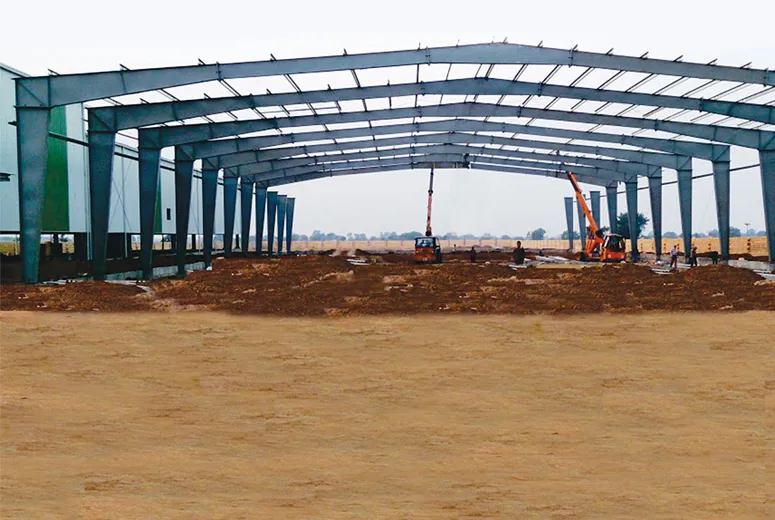- Afrikaans
- Albanian
- Amharic
- Arabic
- Armenian
- Azerbaijani
- Basque
- Belarusian
- Bengali
- Bosnian
- Bulgarian
- Catalan
- Cebuano
- Corsican
- Croatian
- Czech
- Danish
- Dutch
- English
- Esperanto
- Estonian
- Finnish
- French
- Frisian
- Galician
- Georgian
- German
- Greek
- Gujarati
- Haitian Creole
- hausa
- hawaiian
- Hebrew
- Hindi
- Miao
- Hungarian
- Icelandic
- igbo
- Indonesian
- irish
- Italian
- Japanese
- Javanese
- Kannada
- kazakh
- Khmer
- Rwandese
- Korean
- Kurdish
- Kyrgyz
- Lao
- Latin
- Latvian
- Lithuanian
- Luxembourgish
- Macedonian
- Malgashi
- Malay
- Malayalam
- Maltese
- Maori
- Marathi
- Mongolian
- Myanmar
- Nepali
- Norwegian
- Norwegian
- Occitan
- Pashto
- Persian
- Polish
- Portuguese
- Punjabi
- Romanian
- Russian
- Samoan
- Scottish Gaelic
- Serbian
- Sesotho
- Shona
- Sindhi
- Sinhala
- Slovak
- Slovenian
- Somali
- Spanish
- Sundanese
- Swahili
- Swedish
- Tagalog
- Tajik
- Tamil
- Tatar
- Telugu
- Thai
- Turkish
- Turkmen
- Ukrainian
- Urdu
- Uighur
- Uzbek
- Vietnamese
- Welsh
- Bantu
- Yiddish
- Yoruba
- Zulu
Nov . 24, 2024 20:01 Back to list
The Rise of Prefab Agricultural Buildings A Sustainable Solution for Modern Farming
In today’s rapidly evolving agricultural landscape, farmers are constantly seeking innovative solutions to enhance productivity and efficiency. One such solution that has gained significant traction in recent years is the use of prefabricated agricultural buildings. These structures offer a practical, sustainable, and economical option for a range of farming needs, from livestock housing to storage facilities.
What Are Prefab Agricultural Buildings?
Prefab agricultural buildings, or prefabricated structures, are buildings that are manufactured off-site and then transported to the agricultural location for assembly. This construction method contrasts with traditional building practices that typically require on-site construction from the ground up. Prefab buildings can include barns, greenhouses, warehouses, and other essential structures tailored to specific agricultural operations.
Advantages of Prefab Agricultural Buildings
1. Cost-Effectiveness One of the most significant advantages of prefab agricultural buildings is their cost efficiency. Constructing a building off-site can reduce labor costs and construction time. As these structures are built in a controlled environment, there is also less material waste, leading to further savings.
2. Speed of Construction Time is often of the essence in agriculture, especially during planting and harvesting seasons. Prefab buildings can be erected much faster than traditional buildings. With most components pre-manufactured, assembly on-site can take just a matter of days, enabling farmers to quickly set up necessary structures without lengthy delays.
3. Customization Modern prefab buildings can be easily customized to meet specific agricultural needs. Whether it’s an expansive barn designed for dairy cattle, a greenhouse with optimal ventilation, or a storage facility for equipment, prefabrication allows for the incorporation of specialized features that enhance functionality.
prefab agricultural buildings

4. Sustainability Sustainability is becoming increasingly important in agriculture, and prefab buildings align with this trend. Many prefab structures are made from sustainable materials and incorporate energy-efficient designs. For instance, they can include skylights for natural lighting, rainwater harvesting systems, and insulation options that reduce heating and cooling costs.
5. Durability and Maintenance Prefab agricultural buildings are designed to withstand harsh conditions typical in agricultural settings, such as heavy rain, snow, and winds. The use of high-quality, weather-resistant materials ensures long-lasting durability. Plus, standardized construction often leads to easier maintenance compared to traditional buildings.
Applications in Agriculture
Prefab agricultural buildings are versatile and can serve multiple purposes. For instance, greenhouses designed for hydroponic farming have become increasingly popular. These structures create an ideal environment for plant growth, optimizing temperature and humidity levels while minimizing water usage.
Another significant application is in livestock housing. Prefabricated barns can be designed to maximize animal welfare, featuring proper ventilation, space allocation, and easy access points for both animals and farmers. Furthermore, these buildings can be equipped with modern farming technologies such as automatic feeding systems and climate control features.
Additionally, storage solutions for equipment and produce are vital in today’s farming operations. Prefab storage buildings provide efficient and secure space for machinery, feed, and harvested crops, protecting these assets from the elements and pests.
Conclusion
The adoption of prefab agricultural buildings represents a transformative shift in how farmers approach construction. By combining cost-effectiveness, speed, customization, sustainability, and durability, these structures cater to the diverse and evolving needs of the modern agricultural sector. As farming continues to face challenges related to efficiency, sustainability, and environmental impact, prefabricated buildings emerge as a viable solution that promotes innovation while honoring tradition. Moving forward, investors, farmers, and agricultural organizations should consider the benefits of prefab solutions—potentially leading to a more resilient and productive agricultural community.
-
How Do Prefabricated Steel Structures Transform Modern Construction?
NewsJul.14,2025
-
How Do Prefabricated Metal Buildings Redefine Modern Construction?
NewsJul.14,2025
-
How Do Prefab Insulated Metal Buildings and Steel Structures Revolutionize Modern Construction?
NewsJul.14,2025
-
How Do Pre - Engineered Steel Structures Redefine Modern Construction?
NewsJul.14,2025
-
Advancing Modular Construction with Prefabricated Metal Structures
NewsJul.14,2025
-
Advancing Industrial Infrastructure with Prefabricated Steel Solutions
NewsJul.14,2025
Products categories
Our Latest News
We have a professional design team and an excellent production and construction team.












